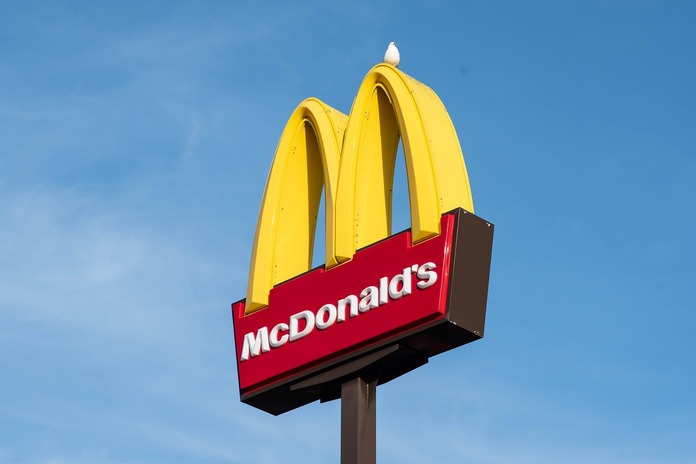Fast-food icon McDonald’s (NYSE: MCD) has faced a challenging 2024, marked by shifting consumer preferences and health concerns. Despite these hurdles, McDonald’s stock is trading close to new highs. This Dividend Aristocrat remains a staple for income-focused investors due to its history of consistent payouts, but recent events have stirred questions about whether it’s still a sound investment.
McDonald’s Recent Performance and Market Standing
Valued at over $217 billion, McDonald’s holds a dominant position in the global fast-food market, with approximately 42,000 outlets worldwide. Known for pioneering the quick-service industry, McDonald’s has historically been a steady performer. However, its stock faced a dip early this year when inflation-conscious consumers began reducing discretionary spending.
In response, the company’s stock tumbled, driven by weaker-than-expected quarterly earnings. However, McDonald’s stock rebounded mid-year and is now approximately 5% below its record highs, having climbed over 23% from July’s lows. For income-focused investors, McDonald’s offers the appeal of a stable and potentially growing dividend stream.
The Dividend Appeal of McDonald’s Stock
McDonald’s has consistently been a reliable dividend payer for 47 years, earning it a coveted spot among Dividend Aristocrats. In the current landscape, McDonald’s quarterly dividend of $1.77 per share translates to a yield of 2.35% — significantly higher than the S&P 500 average yield of around 1.32%. With a payout ratio around 57%, McDonald’s seems well-positioned to sustain this dividend, balancing shareholder returns while retaining sufficient capital for future growth.
Recent Setbacks: Food Safety Concerns and Market Reactions
The recent foodborne illness incident linked to McDonald’s Quarter Pounders cast a temporary shadow over the company’s stock, particularly concerning for investors wary of brand perception impacts. While McDonald’s has navigated health crises in the past, the timing of this issue poses challenges amidst rising costs and lower consumer spending.
In addition to the outbreak, McDonald’s faces challenges from the ongoing Middle East conflict, affecting operations in select international markets. To attract budget-conscious customers, the chain recently introduced $5 combo meals, which helped to drive traffic but squeezed profit margins.
What’s Next for McDonald’s Earnings?
McDonald’s third-quarter earnings, expected on October 29, are anticipated to be largely flat. Analysts are looking for earnings per share (EPS) of $3.17, consistent with the prior year, and revenue slightly higher at $6.80 billion. Investors will be watching these numbers closely to gauge the company’s momentum amid tough economic conditions.
In light of the foodborne illness concerns, some analysts remain cautious. David Tarantino of Baird recently downgraded McDonald’s from “Outperform” to “Neutral,” expressing concern over potential short-term impacts on U.S. demand. “While we’re confident MCD will manage the issue effectively, the near-term demand risk is elevated,” Tarantino noted, mentioning the company’s broader challenges in international markets.
However, not all experts are alarmed. Morgan Stanley’s Brian Harbour maintained an optimistic stance, citing the issue’s limited scope, linked to a single vegetable supplier. He wrote, “If contained, this is likely a short-term disruption rather than a lasting threat to McDonald’s business.”
The Bottom Line: Is McDonald’s Stock a Buy?
Despite the near-term headwinds, McDonald’s remains a solid choice for long-term, income-seeking investors. Its robust franchise model and dividend track record make it a compelling buy, especially on market dips. While challenges may impact McDonald’s performance in the short term, its brand strength and prudent dividend policy lend confidence in its long-term potential.
In conclusion, McDonald’s (NYSE: MCD) offers an attractive opportunity for investors focused on dividend income and stability. As a Dividend Aristocrat nearing “Dividend King” status, McDonald’s continues to demonstrate resilience, making it a favorable buy for those seeking reliable returns in a volatile market.
Featured Image: Pixabay© Kelvin Stuttard









